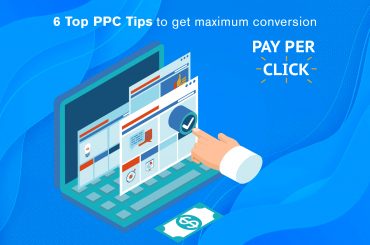Brand awareness is critical for small and new enterprises. But, with so many other businesses vying for your audience’s attention, how can you stand out?
Sure, outbound marketing strategies like advertising can reach a large audience quickly and give a quick ROI. Trouble is, today’s consumers don’t like being sold to, and they don’t want advertising interrupting their viewing experience.
What can content marketing do?
Rather than bombarding your target audience with marketing messages, content marketing attracts and draws them in by giving interesting and relevant material.
While content marketing takes longer to design and implement, the appropriate plan will yield long-term returns, unlike outbound marketing tactics where lead generation and sales dry up when campaign budgets are cut.
If done correctly, content marketing may help your small business or startup gain reputation, authority, and thought leadership in your field, which improves everything from sales to attracting top personnel.
So where do you get started in content marketing? To help you establish an efficient content marketing plan for your small business or startup, here are 3 steps:
1. Know Your Clients
An effective content marketing approach begins with deep customer knowledge. So before you start creating content, genuinely listen to who your target audience is and what they want and need.
What issues keep them awake at night?
Talking to present and future clients is the simplest way. Learn about their issues, how they seek information, the language they use, and the content they prefer. The information you gather here will assist shape your content subjects, forms, and language.
Find out the channels and platforms your target audience uses to research, consume information, and buy. For example, Snapchat is enormous right now, but that doesn’t imply your small business or startup should focus on it. No matter how good your content is, it won’t reach your target audience if they don’t utilize Snapchat.
Focus on your target audience’s preferred channels and platforms for the highest reach, conversion rates, and ROI.
2. Create Your Brand
Your brand is your commitment to your clients. It’s what sets your small business apart from the rest.
What is your company’s vision?
What advantages does your product or service offer? How do current and potential customers see your business? What do you want your target market to associate your brand with? You want your startup or small firm to be acknowledged as the industry leader in innovation or experience. Funny? Professional? Creative? Reliable?
These questions, combined with the customer insights from Step #1, will help you identify your brand and the main messages that reflect it. Ultimately, your brand should reflect not only who you are as a company, but also who your target audience expects you to be.
After defining your brand, you need to develop a voice for your brand message and images across all channels and platforms. Is your brand professional or casual? Is it warm or cold?
There is no correct answer. The most crucial thing is to continuously deliver on your brand promise. This includes everything from the material and graphics you develop to the experience you provide to every single consumer, online and off.
3. Create a Content Marketing Plan
According to a recent CMI and MarketingProfs study, only 37% of B2B and 40% of B2C marketers have a documented content marketing plan. The same survey indicated that those with a documented content marketing plan are substantially more likely to achieve success.





